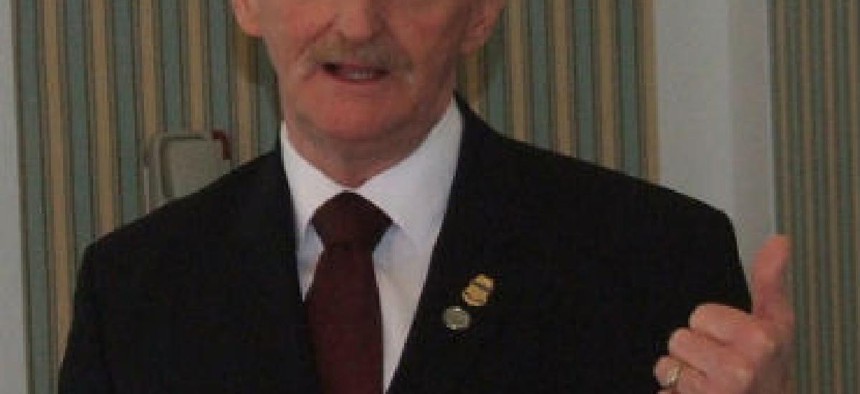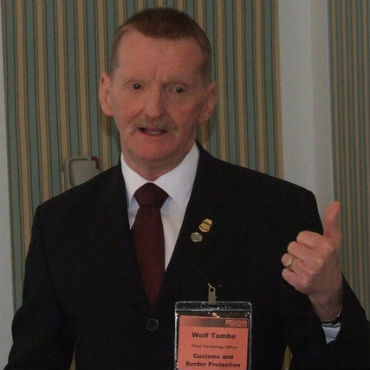Finding the federal angle at CES

Adapting consumer-oriented tech could lead to faster, more effective tools for the federal government, says CBP CTO Wolf Tombe.

Adapting consumer-oriented tech could lead to faster, more effective tools for the federal government, says CBP CTO Wolf Tombe.
Wrist-launched mini-drones and other "wearables" impressed the top technologist at Customs and Border Protection as he walked the endless aisles of emerging technologies at the recent Consumer Electronics Show in Las Vegas.
This year's CES was CBP Chief Technology Officer Wolf Tombe's second. A show that's chock full of the latest consumer-oriented technologies such as high-definition TVs, video game consoles and smart watches might sound like an unusual place for a federal CTO responsible for technologies that protect U.S. borders. However, in a telephone interview with FCW, Tombe said that more than a few of those consumer-oriented technologies hold promise for his agency's mission.
"Looking at new technologies requires you to think a bit out of the box," he said, adding that adapting consumer-oriented tech could lead to faster, more effective tools for the federal government.
Mark Papermaster, CTO at semiconductor giant Advanced Micro Devices, told FCW in the same interview that such public/private crossover is essential. Tombe and Papermaster gave keynote speeches at CES that addressed the changing roles of CTOs at public agencies and private companies.
Both men said more formalized processes that allow open communications between public and private CTOs are needed to help them handle the increasing onslaught of new and emerging technologies.
Tombe said that while he was at CES, he asked the makers of a smart watch that monitors heart rates and other physical measurements whether they had thought about law enforcement applications for the device, which is marketed to athletes.
"They didn't understand what I was really talking about," Tombe said. He explained that an app on the watch could monitor the heart rate, blood pressure and other stress markers of police or border security officers. If those markers passed a certain threshold, the app could notify the dispatcher that the officer might be in a dangerous situation.
Conversely, Tombe said, federal agencies that are more experienced with targeted hacks like the one that recently struck Sony Pictures Entertainment could help companies that are just now coming to grips with the threat.
Since CES ended, Tombe and Papermaster said they have continued their conversation about how their jobs and technology are evolving.
Tombe said he's writing a memo to his bosses -- who told him to stay in Las Vegas for the entire event -- about the most interesting tech he saw. Federal attendees tend to leave after the CES Government events, which typically last one day.
Two technologies top Tombe's list. The first is wearable technology, which includes camera-equipped ultra-mini-drones that can be mounted on the wrist to record 360-degree views around the user. Such technology would be even more versatile than the wearable mini-cameras currently being used by police nationwide.
The second item on his list is "immersive environment" video and training technology that overlays various capabilities into a single-platform environment.


